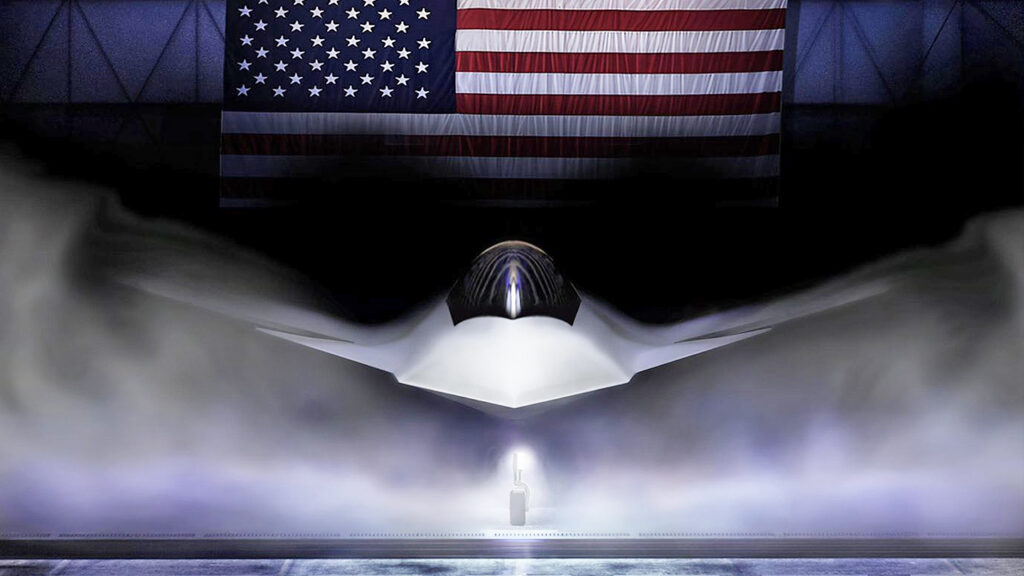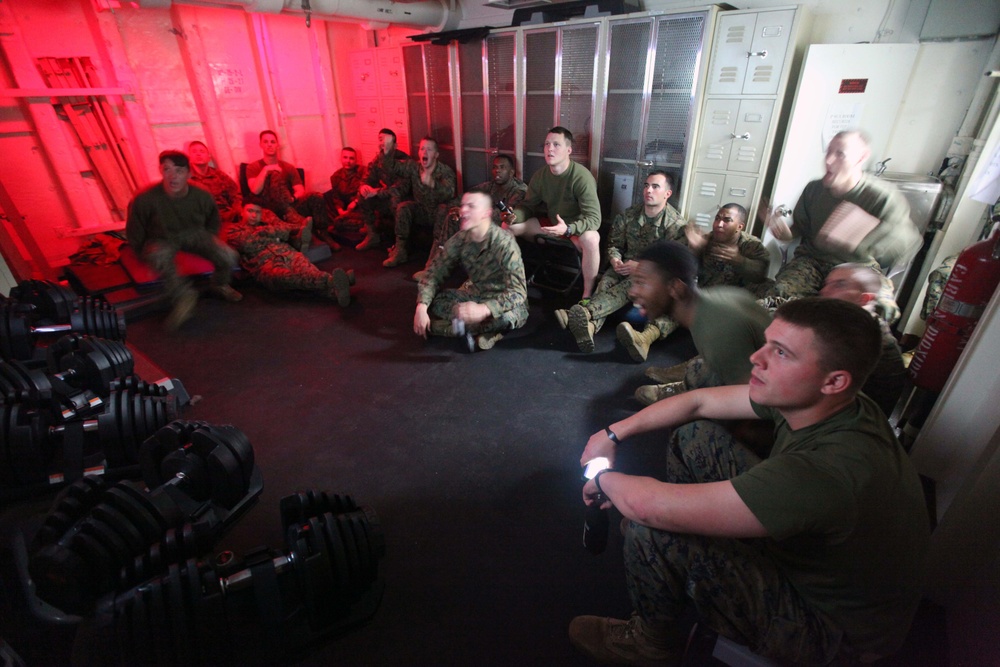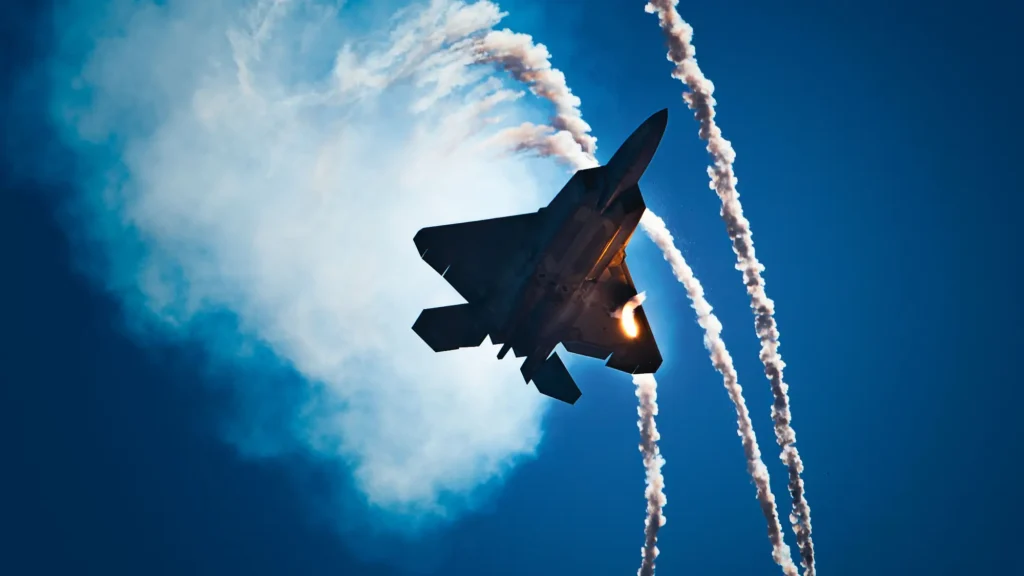Russian aircraft continue to fly over US base in Syria in violation of agreement
- By Steve Balestrieri
Share This Article

In the past month, Russia has flown over the U.S. base at Al-Tanf, Syria, 25 times, violating the agreement the two countries put in place for a deconfliction zone.
In January, Russian aircraft overflew Al-Tanf base 14 times, and although there were not any overflights in February, in the first half of March, they overflew the base more than once a day.
At this rate, Russia will double its overflights over the base, said LTG Alexus Grynkewich combined forces air component commander for U.S. Central Command. Russian aircraft are regularly flying within one mile of U.S. units, he added, and called the situation “uncomfortable.”
A number of the overflights are conducted by Su-34 fighter-bombers, codenamed “Fullback” by NATO. The Su-34 is based on the Su-27 Flanker airframe and is distinguished by its side-by-side pilot design and platypus-like nose.
The aircraft is armed with a 30 mm GSh-301 cannon with 180 rounds and has 10 underwing and under-fuselage hardpoints for a wide range of weapons, including air-to-air, air-to-surface, anti-ship and anti-radiation missiles, and guided or free-fall bombs.
Related: Ukraine has downed more Russian aircraft than it has lost

In late October 2015, the U.S. and Russia signed a Memorandum of Understanding (MOU) to minimize the risk of inflight incidents between Western coalition and Russian aircraft operating in Syrian airspace.
“The MOU includes specific safety protocols for aircrews to follow, including maintaining professional airmanship at all times, the use of specific communication frequencies, and the establishment of a communication line on the ground,” according to the Pentagon.
The agreement was supposed to ensure that planes did not fly at the same altitude or location and that airstrikes did not hit friendlies of the other party.
Related: The most important difference between the F-35 and Su-57 summed up in one picture
LTG Grynkewich said that he spoke with the Russians on the 24-hotline designed for such deconfliction, but none of his calls fixed the issue as Russian commanders didn’t recognize all the airspace over al-Tanf as U.S. airspace. He added that the U.S. continues to abide by the MOU.
General Erik Kurilla, commander of the U.S. Central Command (CENTCOM) speaking to the Senate Armed Services Committee said that the Russian actions were a means of trying to “renegotiate the deconfliction protocols that they violate every day.”
General Grynkewich added that Russian actions had not affected ground operations by U.S. and SDF coalition forces against ISIS targets, although Russia is disregarding the fight against ISIS and now “seems like a very strange time to do this.”
The possibility for miscalculation and accident remains, Grynkewich cautioned. “Over the course of my career, I have not seen this kind of disregard for agreed-upon protocols and deconfliction rules,” he said. “So this is very unique, what we’re seeing right now,” he said.
Feature Image: Soldiers deployed to At-Tanf Garrison, Syria, watch for the impact of an 81 mm mortar from an observation point during a readiness exercise on April 22, 2020. Coalition forces and our partner the Maghaweir al-Thowra remain united and determined in our mission to degrade and defeat Daesh in southern Syria. (U.S. Army photo by Sgt. 1st Class William Howard)
Read more from Sandboxx News
Related Posts
Sandboxx News Merch
-

‘AirPower’ Classic Hoodie
$46.00 – $48.00 Select options This product has multiple variants. The options may be chosen on the product page -

‘Sandboxx News’ Trucker Cap
$27.00 Select options This product has multiple variants. The options may be chosen on the product page -

F-35 ‘Lightning’ Framed Poster
$45.00 – $111.00 Select options This product has multiple variants. The options may be chosen on the product page
Steve Balestrieri
Related to: Military Affairs

Boeing has managed to win the contract for America’s NGAD fighter

3 new TV shows to watch to make service time pass faster

America’s first 6th-gen fighter jet will be Boeing’s F-47, Trump just announced

Everything they got wrong about the Harrier in “True Lies”
Sandboxx News
-

‘Sandboxx News’ Trucker Cap
$27.00 Select options This product has multiple variants. The options may be chosen on the product page -

‘AirPower’ Classic Hoodie
$46.00 – $48.00 Select options This product has multiple variants. The options may be chosen on the product page -

‘AirPower’ Golf Rope Hat
$31.00 Select options This product has multiple variants. The options may be chosen on the product page -

‘Sandboxx News’ Dad Hat
$27.00 Select options This product has multiple variants. The options may be chosen on the product page
